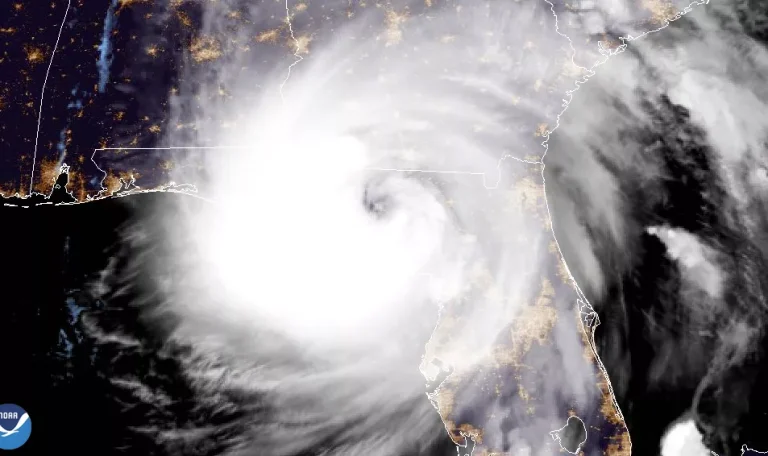Hurricane Harvey started off the coast of Africa as a tropical wave in early August, according to the Weather Channel. It crossed the Yucatan and when it hit the warm waters of the Gulf of Mexico, reformed into a tropical storm. By the time it made landfall at Rockport, Texas near Corpus Christi on August 25, 2017, Harvey was a category 4 hurricane with sustained winds of 130 miles an hour. It moved inland, weakened to a tropical storm, and stalled when it hit a high-pressure zone. Harvey’s slow movement, which finally led it back into the Gulf of Mexico, then northeast to make final landfall at Cameron, Louisiana on August 29, caused flooding, first in the Houston area, then in a zone around Beaumont, Texas that could only be considered biblical in its scope. Harvey caused flooding in Louisiana, Arkansas, Tennessee, and Kentucky before finally dying out.
In Harris County, Texas, a 444 square-mile area was inundated. Some of the floodings were caused by rains that in some places exceeded 50 inches in just two or three days. Some of it was caused by the release of water from the Addicks and Barker reservoirs to prevent catastrophic dam breaches. Similar flooding was noted in the Beaumont-Port Arthur area, where rainfall in excess of 30 inches was reported when Harvey made its final landfall.
In all, 81 deaths in the United States can be attributed to Harvey as of this writing. In Texas alone, 300.000 people were left without electricity for some period of time. 13,000 people had to be rescued throughout the state by Coast Guard and National Guard units, by volunteer organizations such as the “Cajun Navy,” and by neighbors who possessed flat-bottom boats. Thirty thousand people were displaced and had to be relocated in shelters. One estimate suggests that 48,700 homes were affected by Harvey, of which 1,000 were totally destroyed. Seven hundred businesses were also damaged in some fashion. That estimate is likely to rise.
The total economic cost of Harvey includes not only storm and rain damage but also lost productivity, especially in the oil and gas industry. Estimates range from $81 billion to $190 billion. Harvey will thus be either the second-costliest storm after Katrina or will displace that catastrophe as the costliest storm.











